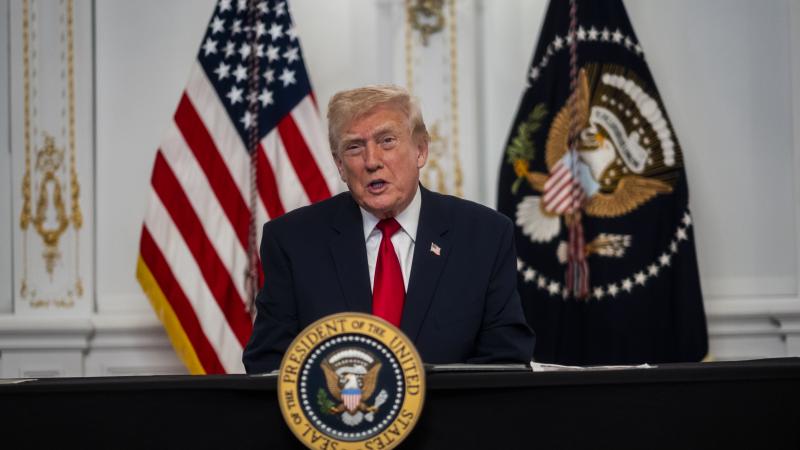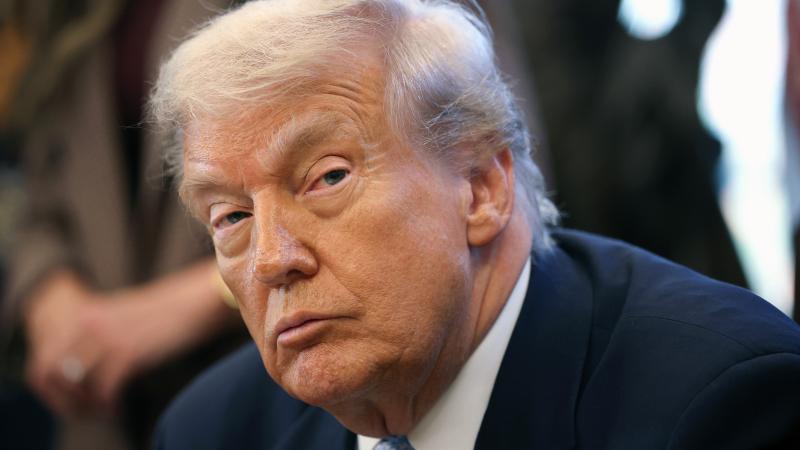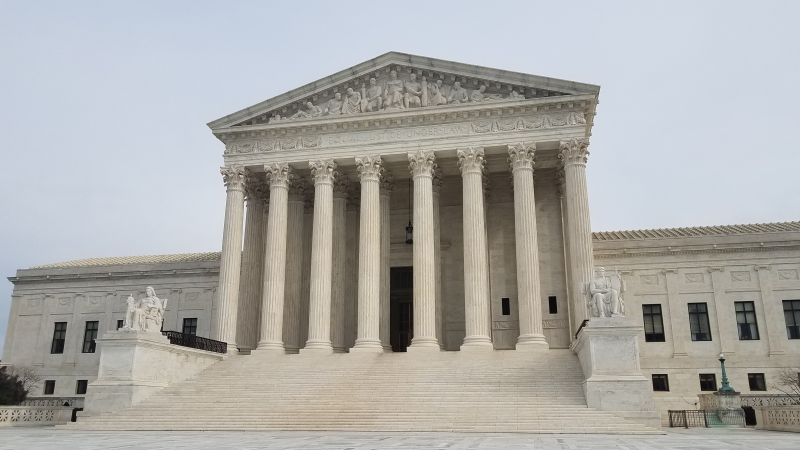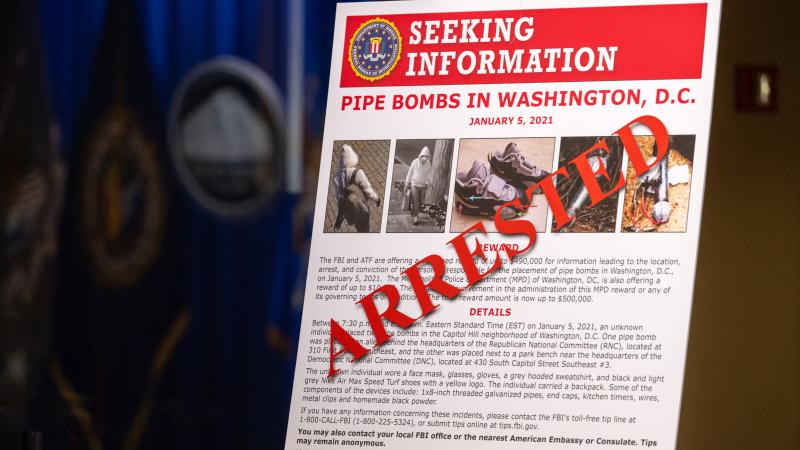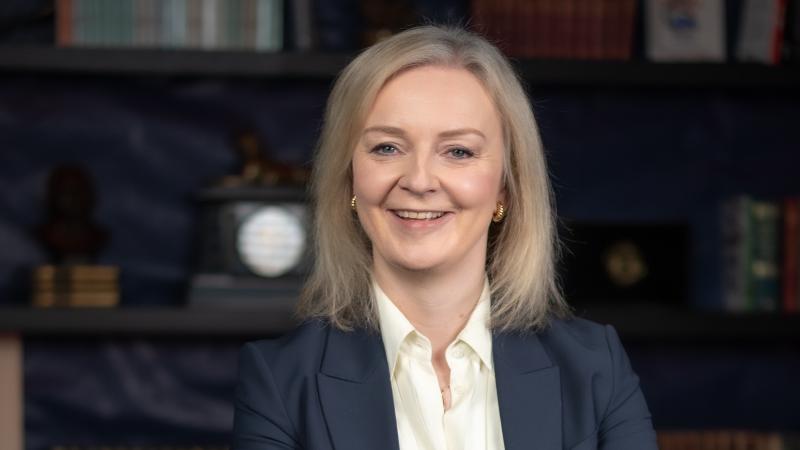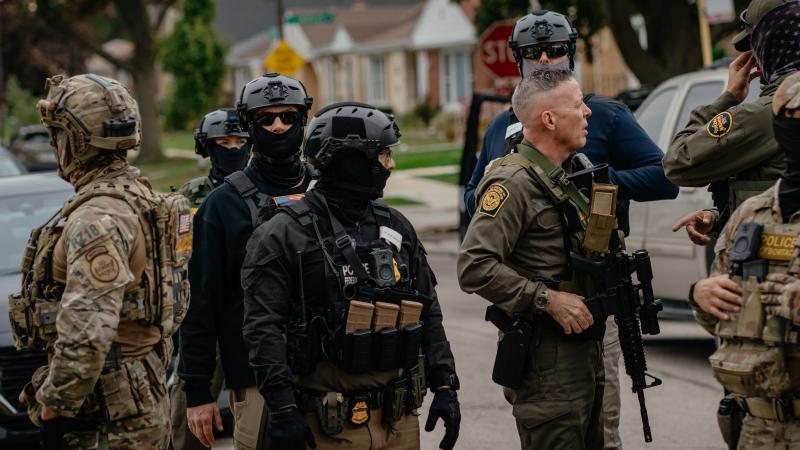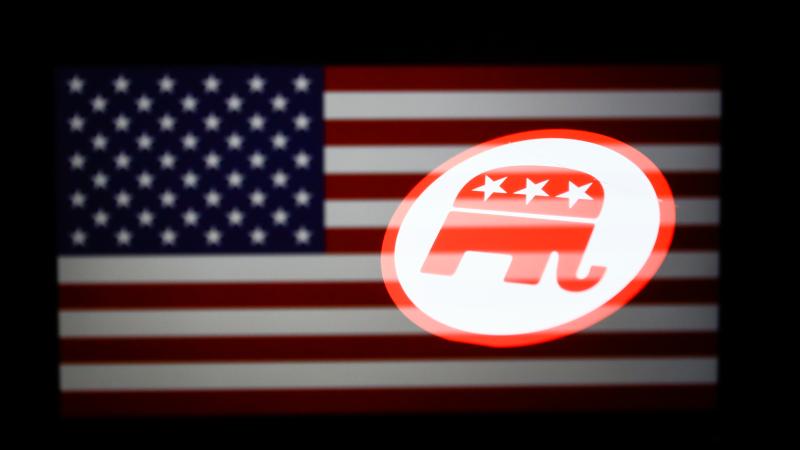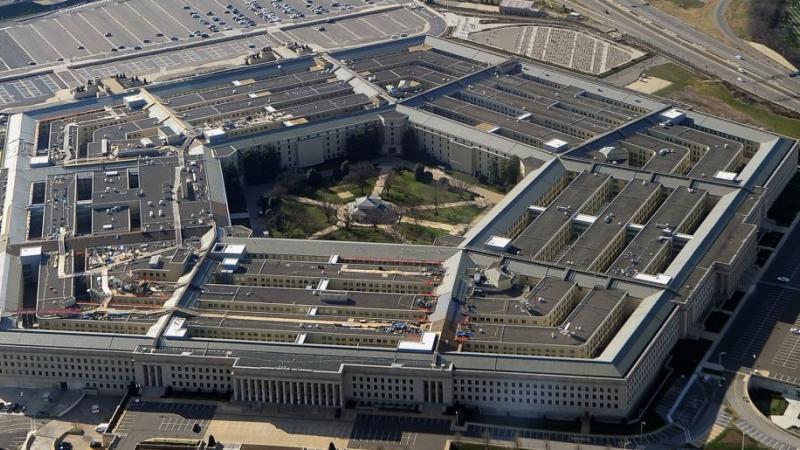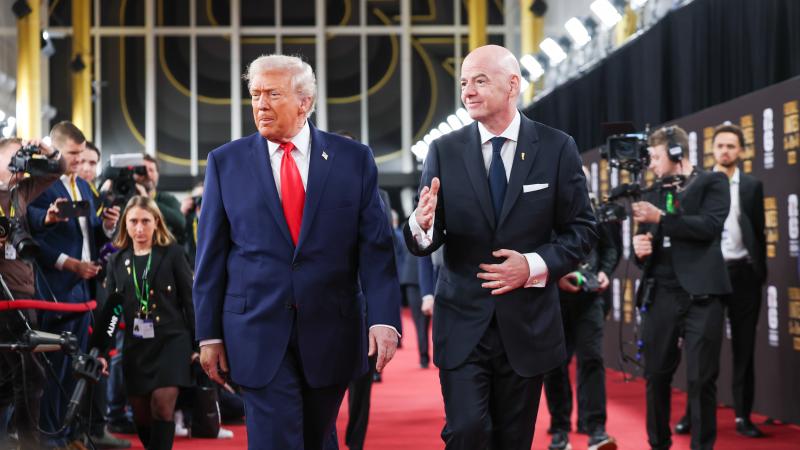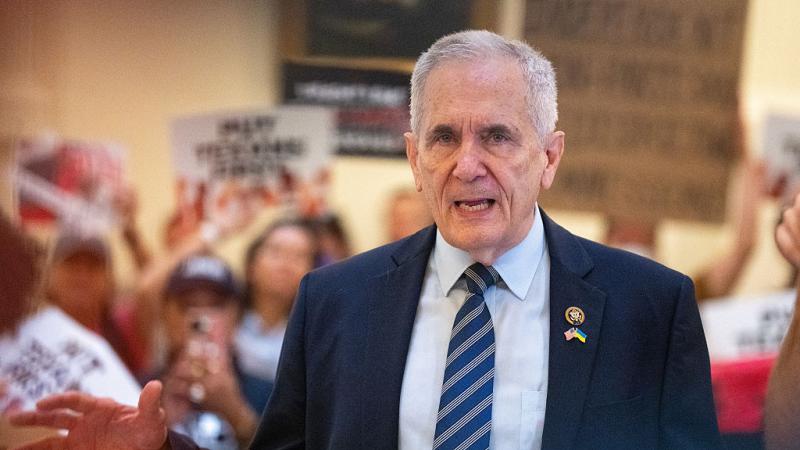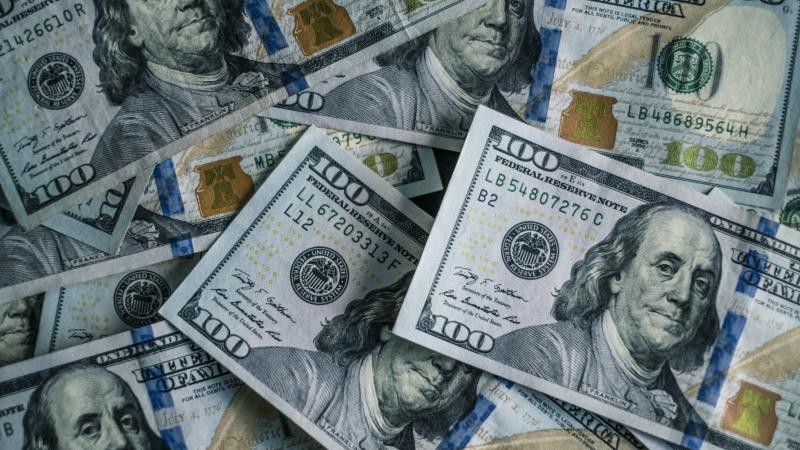Trump, who favors peace deals over more war, could add seconds to upcoming reset of Doomsday Clock
Since 1947, the Bulletin of the Atomic Scientists, a group founded by Albert Einstein, J. Robert Oppenheimer and others, has used the clock as a metaphor to represent how close humanity is to self-destruction
Updated at the start of each year, the famous “Doomsday Clock” lists the time at 90 seconds to midnight, saying that “ominous trends continue to point the world toward global catastrophe” that are “adding to the ever-present danger of nuclear war.”
Since 1947, the Bulletin of the Atomic Scientists, a group founded by Albert Einstein, J. Robert Oppenheimer and others, has used the clock as a metaphor to represent how close humanity is to self-destruction. The closer the clock is to midnight the closer perceived destruction is believed to be. Two years ago, the time was moved ahead 10 seconds, from 100 seconds to midnight to 90 – closer than it has ever been, even at the height of the Cold War.
Officially, the Bulletin of Atomic Scientists says it expects the threat of a nuclear conflict to further increase in the coming years, amid the wars in Ukraine and Israel – both of which have nuclear arms on one side – and expansions in global military spending the prospect of a conflict involving China.
But there’s also a chance the “Doomsday Clock” – which will be updated Jan. 28 – could tick back a few seconds with Donald Trump’s return to the White House. If the Trump White House manages to bring a negotiated settlement to Ukraine would reduce the threat in that part of the world, which could open the door to renewed arms control talks.
“At least [Trump] talks about peace, not about confrontation,” Pavel Podvig, an independent analyst with the Russian Nuclear Forces Project, said via social media. “He doesn’t talk about the strategic defeat of Russia. This is a good change.”
“A country is most likely to use nuclear arms when it believes it may be facing an existential threat,” Raffaele Marchetti, director of the Center for International Strategic Studies CISS at Rome’s LUISS University, told CDM. “Russia, North Korea, Iran, could all use them if they perceive their regimes may be coming to an end.
“From that point of view, a new Trump administration should be perceived as less of a threat than a Democratic administration would have been.”
Foreign Affairs recently opined that Trump could dramatically reduce the threat of nuclear war by increasing engagement with Russia and China, the countries with the world’s first and third largest nuclear arsenals, respectively (the U.S. is second).
Of course, all that could change quickly, especially if Trump follows through on first-term threats like using nukes to defuse powerful hurricanes or those promising “fire and fury” to North Korea (Pyongyang now says it wants to restart arms control talks with the Trump White House).
According to Alejo Vidal-Quadras, a former Spanish politician who a year ago was shot in the face, reportedly in retaliation for his support for dissident group The National Council of Resistance of Iran, the biggest threat of a nuclear attack may come from Iran, a country believed to be developing nuclear arms but that does not yet have those capabilities.
“If you ask me if I sleep at night knowing that the U.S., Russia, the U.K., India, Pakistan and so on have nuclear weapons, I say ‘Yes, I can sleep peacefully because they are rational actors and so they will not use them,’” Vidal-Quadras told Just the News. “But I would not sleep peacefully if the Iranian regime had nuclear weapons. They are a violent rogue state that does not act rationally, and the risk they would use these arms is too great.”
The Facts Inside Our Reporter's Notebook
Links
- Doomsday Clock
- Bulletin of the Atomic Scientists
- the threat of a nuclear conflict to further increase in the coming years
- At least [Trump] talks about peace, not about confrontation
- Raffaele Marchetti
- by increasing engagement with Russia and China
- the worldâs first and third largest nuclear arsenals
- using nukes to defuse powerful hurricanes
- âfire and furyâ to North Korea
- restart arms control talks with the Trump White House
- a year ago was shot in the face
- The National Council of Resistance of Iran
